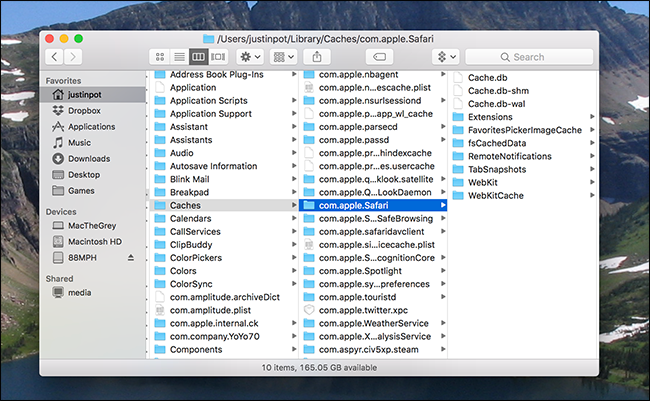You're browsing the applications running using Activity Monitor when you notice something you don't recognize: nsurlstoraged. What is this, you might be wondering, and why is it using network and CPU resources? First, don't panic: this is part of macOS.
This article is part of our ongoing series explaining various processes found in Activity Monitor, like kernel_task, hidd, mdsworker, installd, WindowServer, blued, launchd, backup, opendirectoryd, powerd, coreauthd, configd, mdnsresponder, UserEventAgent, and many others. Don’t know what those services are? Better start reading!
This particular resource, nsurlstoraged, is a daemon, which means in runs in the background of your system. To be more specific, nsurlstoraged is the daemon in charge of managing local storage for web applications. To quote the man page, which you can find by typing
man nsurlstoraged
from the Terminal:
nsurlstoraged is a per-user daemon which manages the user's HTTP storages.
On the modern internet, websites can store some files locally on your computer: it's part of HTML5. On macOS, nsurlstoraged is the daemon that makes this local storage possible. Safari is the main application that actually uses this capability, but a number of other Apple programs also use it: Mail, Calendar, and iCloud, for example.
If nsurlstoraged is using up a lot of CPU, you might have a corrupt cache. But thankfully, ther's a quick fix. First, force quit Safari; if nsurlstoraged CPU usage drops you know that Safari is the problem; if not, force quit other applications until you see CPU usage drop.
Next, head to ~/Library/Caches/---here's how to access the hidden ~/Library folder if you don't know---and find the cache for whatever program is causing the problem. For Safari, this is com.apple.safari:
Drag the appropriate folder to the trash, then re-start the program that was causing the problem. All should be well now.
Photo credit: guteksk/Shutterstock.com


